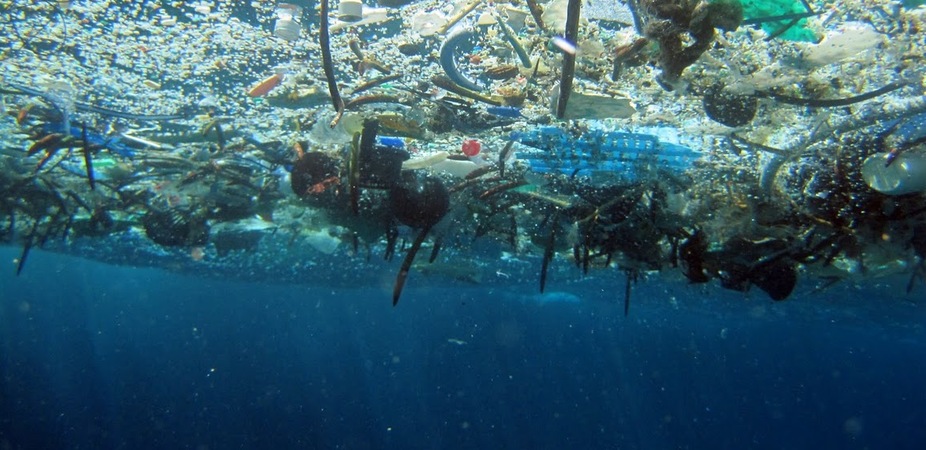Unusual Bacteria Gobbles Up Carbon in the Ocean

A single strain of marine bacteria called Alteromonas may consume as much dissolved carbon in the ocean as an entire, diverse bacterial community, according to a new study.
The finding may help researchers better understand how carbon cycling works in marine ecosystems.
"We found that an individual bacterial strain was capable of consuming the same amount of carbon in the ocean as diverse [bacterial] communities," said study author Byron E. Pedler at the University of California, San Diego.
The researchers found the results surprising because of the immense diversity of molecules that constitute dissolved carbon in one form or another in the ocean, Pedler told Live Science.
Those molecules include both "young" carbon recently produced by phytoplankton — the tiny organisms that are the foundation of the marine food web, and really old carbon that is hundreds of years old. Some of this carbon consists of carbohydrates, but a significant portion of it "is simply uncharacterizable, in that even modern chemical techniques cannot determine what it is," Pedler said.
Prior to conducting the study, the researchers thought that a broad diversity of bacteria would be needed to consume a certain amount of carbon, as bacteria tend to specialize in the process of breaking down the carbon material, whose chemical structure can be very complex. For instance, "some bacteria may specialize in breaking down carbohydrates, whereas others may specialize in breaking down proteins, and working together they would increase the total amount that ends up being broken down," he said.
As a global reservoir, the ocean acts as both a source of carbon in the atmosphere and a "sink" for carbon, Pedler said.
Sign up for the Live Science daily newsletter now
Get the world’s most fascinating discoveries delivered straight to your inbox.
Phytoplankton in the ocean use carbon dioxide located in the air. Then the phytoplankton produce molecules that are consumed primarily by bacteria, he said.
"So understanding how bacteria regulate this pool of carbon is really essential to understanding how the ecosystem functions on a daily basis," Pedler said.
The researchers will next test the ability of other bacterial strains to consume dissolved carbon in the ocean, he said.
"Is there something unique about this particular bacterial strain that allows it to be so good at consuming a broad diversity of molecules, or is this a feature that is common to lots of individual bacteria?" Pedler said.
The findings are published today (April 14) in the journal PNAS.
Follow Agata Blaszczak-Boxe on Twitter. Follow Live Science @livescience, Facebook & Google+. Original article on Live Science.









